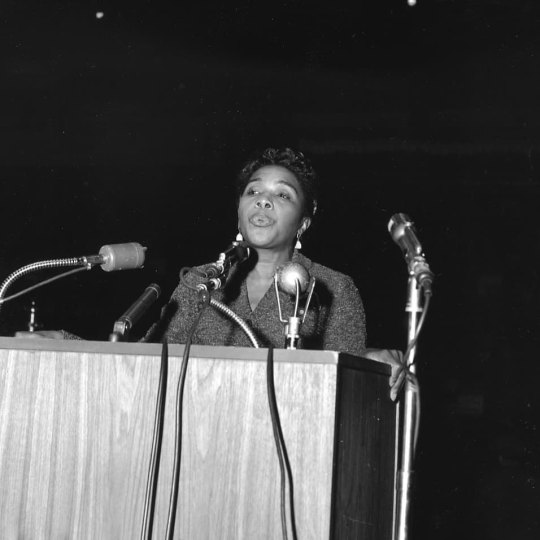#wholesale clothing in Bristol
Explore tagged Tumblr posts
Text
youtube
sweater custom logo,knitwear manufacturers in india,wool sweater manufacturers in karachi
YS-SWEATER MANUFACTURING https://sweatermanufacturing.com
Email:[email protected]
sweater custom logo,knitwear manufacturers in india,wool sweater manufacturers in karachi sweatshirts & hoodies pink,oversized pullover hoodie wholesale,women cardigan sweaters outfits,pantalones de viscosa para mujer,sueter crochet para niña,knitting custom,sleeve knitted crew neck knit mohair sweater men,cashmere women scarf,sweaters 5t,thermal sweater hoodies,mens cashmere quarter zip sweater,terry fabric vs fleece,sweater women dentelle,zebra design sweater for women's,5 hour baby sweater matching hat,mending holes in knitwear,pulle homme chic,ugg replicas,chompas de coreanos,spiderman sweater adult,men's full zip up cardigan sweater,hoodie sweater online shop,mohair cropped jumper,ladies cardigans jd williams,pink king skirt and sweater set,yellow cardigans for women,farmers knitwear,women's jacket ralph lauren,button down sweater,cardigan makers,sweater custom logo,knitwear manufacturers in india,wool sweater manufacturers in karachi customized denim jumper,Women’s sweater customization https://sweatermanufacturing.com/customized-denim-jumperwomens-sweater/ sweater custom logo,knitwear manufacturers in india,wool sweater manufacturers in karachi sueter cuello v hombre,pullover sweater two pieces,ballet sweater, dress long,mock neck long sleeve women,long sleeves custom jacquard pattern sweater,paris sweater,weight scale jumper,designer dog sweater,tan women's cardigan,aran wool mens jumper,christmas clothing for women,t shirt and cardigan,baby cashmere sweater,women preppy saililng pullover sweater,sueter rosado para mujer,z supply pullover,fine cardigans for women,sueter sin manga,conjunto mujer de tejido,mens italian sweaters,womens half zip pullover,knitted jumper dress and cardigan,trui jurk kerst,how to change a sweater into a cardigan,cardigan sweaters for men 6x,sweaters for women hoodies light,jacket and cardigan kids,sweater custom logo,knitwear manufacturers in india,wool sweater manufacturers in karachi maker’s mark christmas sweater,susan bristol sweaters manufacturers,custom made labels for knitting https://sweatermanufacturing.com/makers-mark-christmas-sweatersusan/ sweater custom logo,knitwear manufacturers in india,wool sweater manufacturers in karachi
#baby chunky sweater oem Firm#custom logo sweater production Firm#fleece sweater set oem company#oem&odm men pullover sweater#Youtube
0 notes
Text

Bristol Bliss: Wholesale Clothing Suppliers in Bristol for Urban Elegance!
Elevate your inventory with the latest trends from our curated collection of clothing wholesalers in Bristol. Crafted for urban elegance and style, embrace the local flair.
#clothingmanufacturersbristol#clothingwholesalersinbristol#wholesaleclothesbristol#bristolwholesaleclothing#bristolclothingvendor#clothingsupplierbristol#clothingwholesalersbristol#bristolapparelwholesalers#bristolclothesmanufacturer#clothingmanufacturers
0 notes
Photo

Alanic Wholesale is one of the top-notch Wholesale Clothing Manufacturers in Bristol
Alanic Wholesale is one of the top-notch Wholesale Clothing Manufacturers in Bristol, the UK, with a premium quality custom clothing collection.
#wholesale clothing in Bristol#clothing manufacturers in Bristol#Bristol wholesale clothing suppliers#clothing wholesale in Bristol#clothes wholesale in Bristol#wholesale clothing manufacturersin in Bristol#Bristol wholesale clothing distributors#wholesale clothing distributors in Bristol
0 notes
Photo

To celebrate #ArchivesBlackEducation we wanted to highlight the work of organizer, educator, and international labor advocate Maida Springer Kemp of the International Ladies’ Garment Workers’ Union. Kemp started working as a finisher with Local 22 of the Dressmakers’ Union in NYC and moved up in the union becoming executive board member, chairman of the education committee and shop representative. In 1942, Kemp was appointed as education director of Local 132, the Plastic Button and Novelty Workers’ Union focusing on educating new membership of mostly refugee, recently released prisoners, women and minority union members. Kemp became the first black woman to represent American labor abroad when the AFL sent her to England in 1945 and the first black business agent of Local 22 in 1947. Through her international work, she developed training programs for girls, designed leadership workshops for trade unionists, studied workers’ education in Sweden and Denmark, and secured funds for labor centers including the Solidarity House in Nairobi. Kemp received many awards and honors during her lifetime and was a member of numerous organizations including the NAACP, National Organization of Women (NOW), the Coalition of Labor Union Women (CLUW), the National Council of Negro Women, and the Urban League. Kemp speaking during a Dress Strike, 1958. Kemp studying production methods at the Cooperative Wholesale Society’s clothing factory in Bristol, England, undated. Kemp meeting with Japanese Trade Unionists, undated. Kemp meeting at the African American Labor Center highlighting their work with trade unions in thirty-five African countries. Manager William Ross of the Philadelphia Dress Joint Board hands Kemp a check for $10,000 to help finance a training school for garment workers. [#6199005p #5780P #5780102P #5780PN45 #ILGWU #UniteHere Photographs #KheelCenter, #ILR, #Cornell #ArchivesHashtagParty] #blackhistorymonth https://www.instagram.com/p/CK6l9RQJwIx/?igshid=1j202lw6wj1ab
#archivesblackeducation#6199005p#5780p#5780102p#5780pn45#ilgwu#unitehere#kheelcenter#ilr#cornell#archiveshashtagparty#blackhistorymonth
3 notes
·
View notes